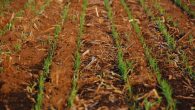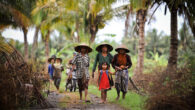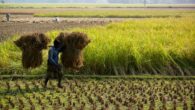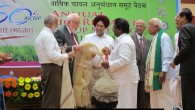Tag Archives: productivity
Over the past 4 decades, rice research has achieved substantial progress in developing genetically improved rice varieties and more efficient management of natural resources and inputs (fertilizer, pesticides, new seeds and labor). These advances have helped farmers increase productivity and decrease production costs, as well as reduce the crop maturity period, thereby...
12
















